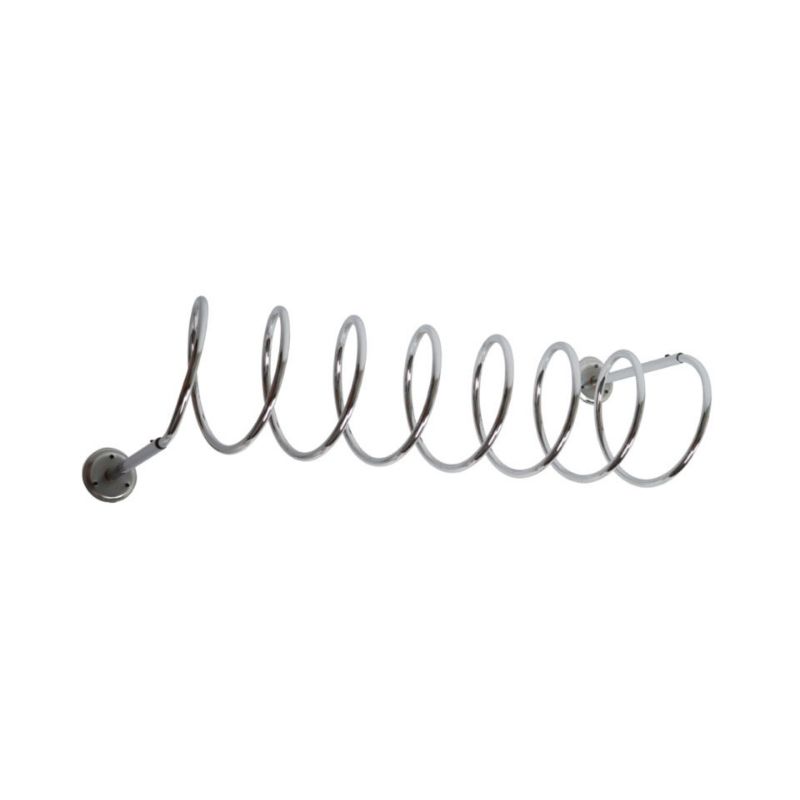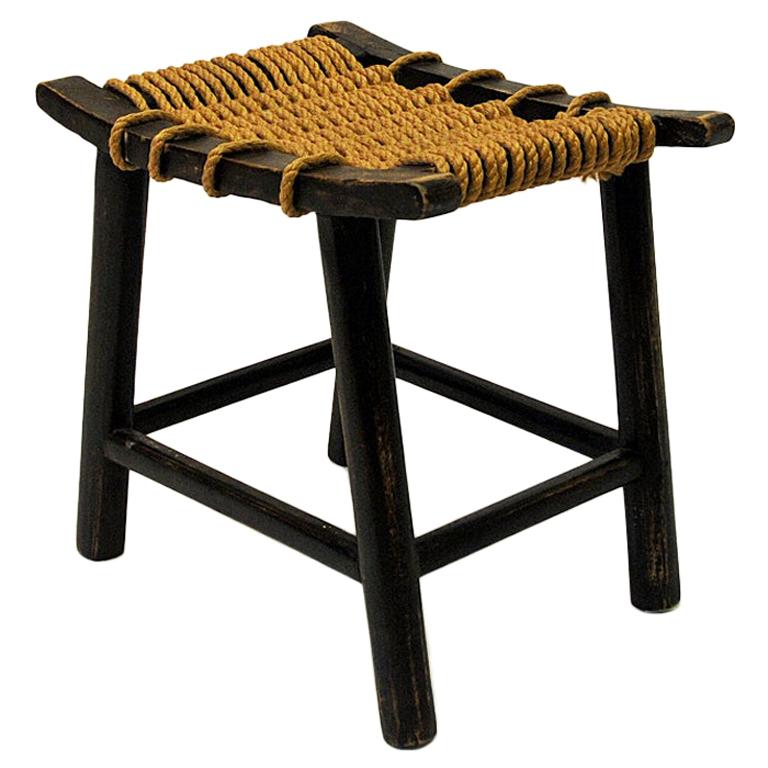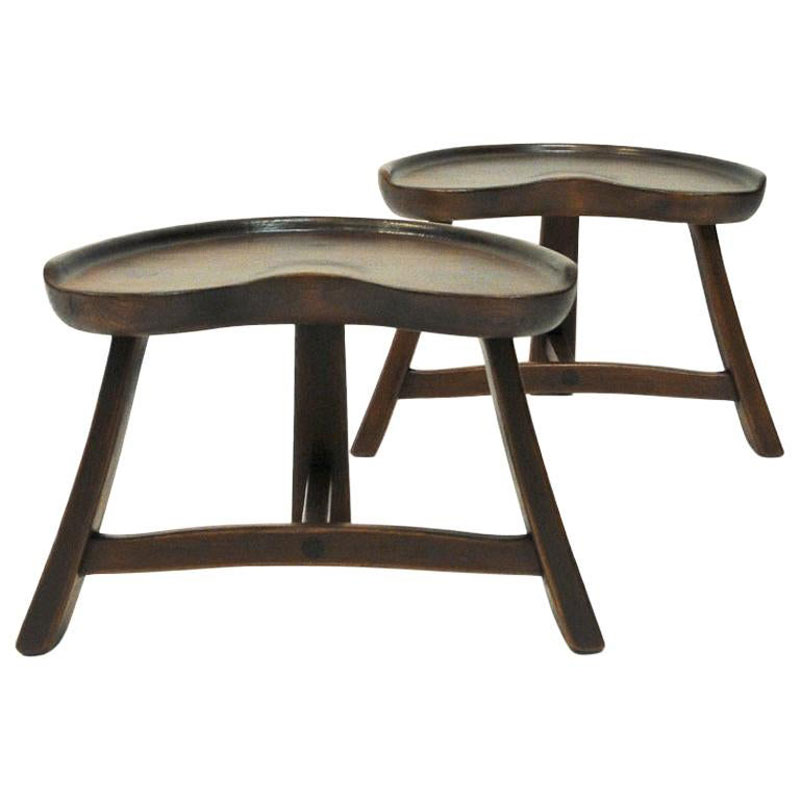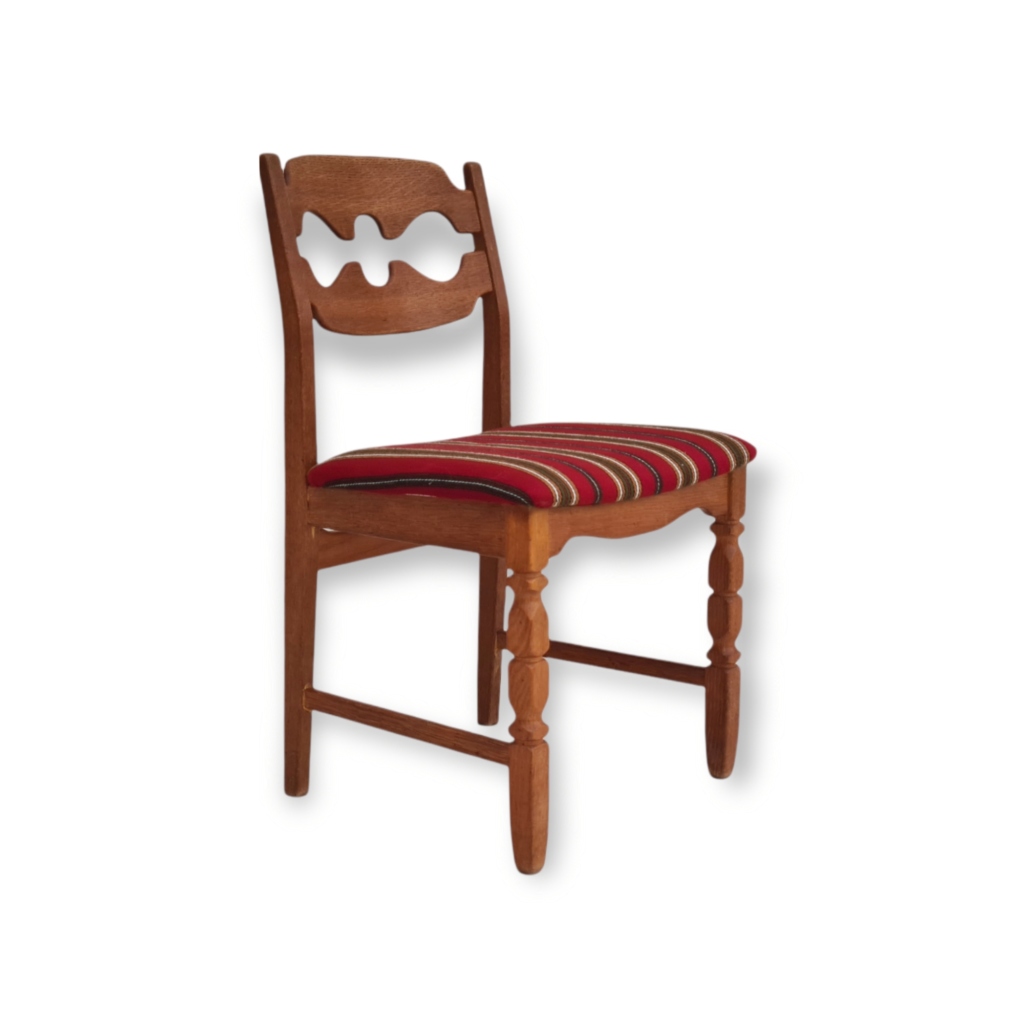other model..
ok, I think you see the difference. This Polaroid isn´t restored. Its only provisionally fixed to stabilize the construction. For my opinium you have a later model ?! Polaroid learned very fast, because the polarizer is now separated. The radius and the dimension of your glass looks ok !! But, I have noticed something above the metalframe (screws) ? The Question is: why ? May the glass of your Polaroid isn´t in right position ? Let´s discuss...Rgds
Qustions
I marked my questions in red and blue. The question for the blue circles "is there a drilling (half-drill hole) at the glass ? the question for the red circles, which I don´t understand - either for my lamp (looks similiar) - What is that:=)) What´s the sence, meaning and function ? Rgds
Not glass
The transparent material was never glass; it's a plastic polarizing filter invented by Edwin Land, who founded Polaroid to commercialize that invention long before he invented instant photography. The Model 114 lamp was one of many products that were built to showcase Land's polarizing filters.
The polarizer eliminates the glare that's reflected from whatever the lamp is illuminating; it works the same way that polarizing sunglasses or camera filters do. The lamp's distinctive shape ensures that the light will hit the desk at the angle that makes the polarizer work best.
The wire is original; it fits into molded holes next to the thumbscrews that secure the shade to the base, then snaps into place between the bumps molded under the front edge of the shade.
The link below will take you to Edwin Land's U.S. patent for the lamp. The photos are from Wikipedia and show the effect of a polarizing filter on glare reflected from various surfaces.
[edit: better link to the patent]
http://www.google.com/patents?id=pB1HAAAAEBAJ&zoom=4&pg=PP1#v=onepage&q=...
Geat
Thanks for all informations Fastfwd. Do you have the dates, when the different models were produced ? I also have seen an other label, from mitchel corporation ? I agree the label various sometimes also in colour. Would be interesting to rebuild a historie with the different labels and producer dates. Rgds Mike
Great 2
Ok, I "think" I have seen a long time ago, a polaroid with a green filter. So thats the next question. Was it every time "transparent" ? I thought it would be "frosted glass", because it looks like. Emeralite (bellova) used a similiar wire technic for bankers lamp. Rgds Mike
Dates, filters, holes, etc.
1. I don't know when the model changed from 149 to 149-A. I've never seen a "Mitchel Corporation" label; the only Mitchell Corporation I know of was in the automotive industry. They had a subsidiary that made small plastic parts for cars, so I guess it's POSSIBLE that they might have made the Bakelite shades... But it seems pretty unlikely.
2. The Polaroid filters don't age well, and they can't withstand high temperatures. The Model 114 lamps are 80+ years old and they put a 100-watt bulb in an enclosed space very close to the filter, so very few filters survived. The whole point of the lamp was to showcase the Polaroid filter, so I believe that every non-polarizing filter you've seen on these lamps is non-original and was made to replace a torn or discolored polarizing filter.
3. Yes, the holes go all the way through the filter. The pins locate the filter and the wire holds it in place.
4. The filter is thin -- less than 1 millimeter.
Label with Mitchell Corporation
Thanks for informations FastFWd, Label was yellow-brown.."Mitchell Corp". in very large letters. Sorry, haven´t made a photo. For the "Film" or thin "plexi-glass", I try to find an equal one. Hope to get finished this restauration-job until may. What I also noticed, when I worked with these lamps, that the switches were different. I have seen 2 versions (not every model have the Poloroid surrounig engraved or pressed letters). Your modell with "glass" and "wireframe" is very rare. You are lucky boy:=) Rgds Mike
If you need any help, please contact us at – info@designaddict.com









